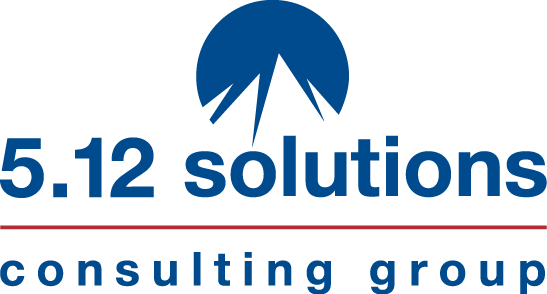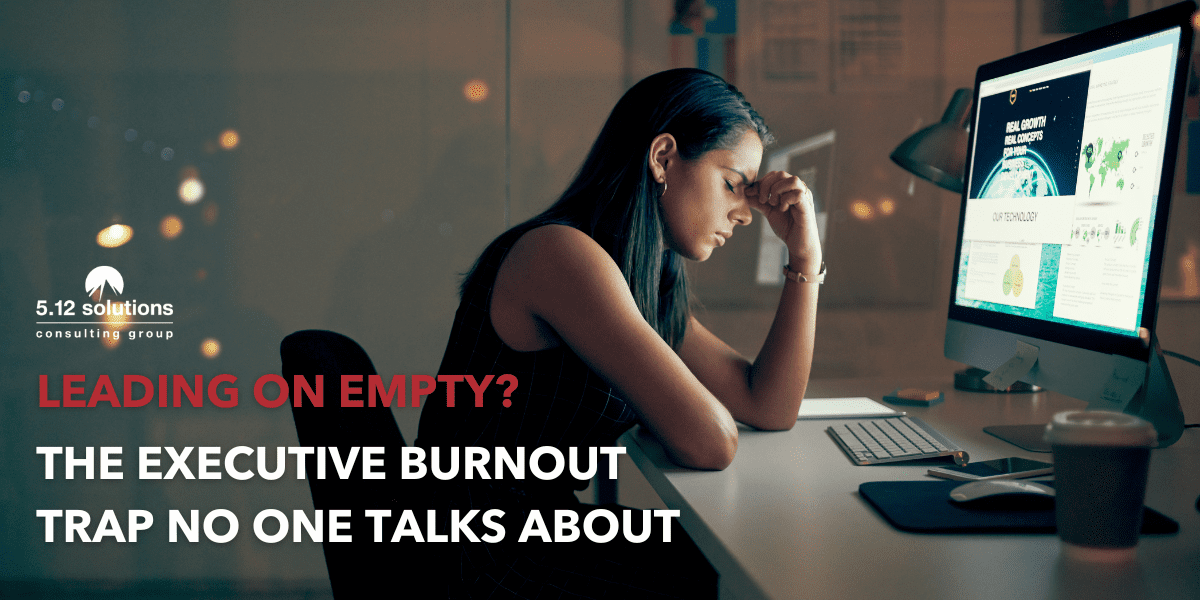In today’s fast-paced, high-pressure environment, many executives are operating under a dangerous illusion: that pushing harder will lead to better outcomes. But when leaders continually give without replenishing, burnout is the inevitable result. What’s often seen as a personal issue is actually a profound business risk—and it’s time we start treating it that way.
We believe leadership starts from the inside out. If your energy is depleted, your impact is, too. The path to sustainable leadership begins with wellness.
The Hidden Cost of High Achievement
Why don’t we think of ourselves as corporate athletes? Athletes train and recover with intention. They know that rest is part of the work. Yet in the corporate world, we’ve normalized burnout as the price of success.
Let’s dive a little deeper into a recent episode of The Future of Leadership podcast, where we spoke with executive coach Jan Jenkins. She shared how she’s seen the long-term consequences of burnout culture play out firsthand. “When leaders don’t succeed,” she explains, “it’s often because they’re not caring for themselves in ways that support their health, which derails and undermines everything.”
Burnout doesn’t show up all at once. It sneaks in quietly—in missed workouts, restless nights, endless emails, and the constant hum of pressure. Over time, that pressure becomes depletion. And the truth is, when we deplete ourselves, we also erode our leadership capacity, which then leads to poor decision-making, lower team morale, and a revolving door of top talent.
Burnout Is an Executive-Level Epidemic
The numbers tell a sobering story. A 2023 Deloitte report found that 70% of C-suite executives are seriously considering leaving their roles in search of better well-being. Even more startling—63% say they regularly feel overwhelmed by their work responsibilities (Deloitte Insights).
This isn’t a marginal issue. It’s a systemic one, and it’s quietly impacting the performance and longevity of organizations everywhere.
Rethinking the Myths: Sleep, Resilience, and Recovery
The old narrative of powering through on minimal sleep and maximum hustle isn’t just outdated—it’s dangerous. “Sleep literally rewires our brains,” Jan says. “We are in the infancy of realizing the impact.”
The bravado of overwork has worn thin. What today’s leaders truly need is mental fitness—the intentional practice of caring for your brain the way you would your body. That means prioritizing:
- High-quality, consistent sleep
- Emotional regulation and self-awareness
- Boundaries around screen time and digital overload
- Recovery practices like mindfulness, movement, or reflection
- Space to pause and respond rather than react
Mental fitness requires more than a once-a-year vacation. It’s about building daily rituals that support clarity, presence, and resilience. That might look like choosing sleep over late-night emails, creating space to reflect before reacting, or redefining success as showing up fully—not constantly doing more. It’s a conscious commitment to lead with strength that’s rooted in restoration, not depletion.
Wellness as a Leadership Strategy
Wellness isn’t just personal—it’s professional, we can’t ignore the connection between how we care for ourselves and how we perform at work. When leaders invest in their own well-being, the ripple effects are undeniable. They build stronger and more resilient teams by modeling balance and presence. They make clearer, more thoughtful decisions because they have the capacity to slow down and see the bigger picture. And perhaps most critically, they create a culture of psychological safety where people feel seen, heard, and empowered to show up fully. This isn’t soft. It’s strategic.
Leadership effectiveness is directly tied to how well we care for ourselves. It starts with a mindset shift: you are one person. As Jan puts it, “How we show up at home and how we show up at work—it all comes together. These are not separate entities.”
When we stop compartmentalizing our personal and professional lives, we begin to lead with greater authenticity, presence, and sustainability. Recognizing this connection allows us to lead in a way that’s not only more human—but more effective over the long term.
Building a New Model of Executive Wellness
The future of leadership demands more than ambition.True wellness means aligning physical, mental, emotional, and even spiritual well-being. It means viewing your energy and presence as resources to be cultivated, not consumed.
Here’s where to start:
- Audit your energy – What fuels you? What drains you?
- Reclaim your schedule – Build in recovery rhythms: walks, journaling, tech-free meals.
- Invest in support – Coaches, therapists, peer groups. Leadership is lonely without a circle.
- Lead by example – When you take care of yourself, you give your team permission to do the same.
These aren’t signs of weakness. They’re signs of wisdom.
Performance Isn’t the Opposite of Wellness—It’s the Result
Performance and wellness aren’t opposites, they’re partners. True leadership isn’t about being perfect, or grinding harder—it’s about being fully present, connected, and capable. And that starts with wellness.
As Jan puts it, “If we don’t have health, we don’t have anything.” That truth applies as much in the boardroom as it does at the dinner table.
Let’s stop treating burnout like a badge – waiting for a health scare or a breakdown to reevaluate how we lead. Instead, let’s start treating wellness like the business advantage it truly is, building systems that honor both high performance and human sustainability.
Want to go deeper?
🎧 Listen to the full episode of The Future of Leadership podcast to hear Jan Jenkins share more strategies for breaking the burnout cycle and leading with energy, empathy, and resilience.
👉 Tune in here: https://512solutions.com/breaking-the-burnout-cycle-for-executives/

